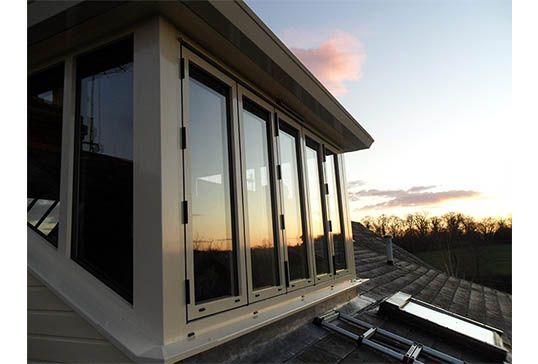Cold Flat Roof Vapour Barrier

I am building a cold flat roof on an extension.
Cold flat roof vapour barrier. Bituminous vapour retarders asphalt mixed with felt or fiberglass or non bituminous vapour retarders plastic. Most diagrams on the internet i have seen have plasterboard on joist insulation air gap osb board then roofing material. Condensation within a flat roof mainly occurs during cold weather when moisture vapour in the air which has been generated within the heated building rises from the room below into the cold roof void above the ceiling. A flat roof vapour barrier such as iko s mvp modified vapour protector offers appropriate moisture protection.
Flat concrete roofs are generally not ventilated since the ceiling internally is generally a plaster and skim coat directly to the underside of the cold concrete. Flat roof vapour barrier materials when constructing a flat roof there are two types of materials commonly used. Creating a void between the old ceiling and new is better but ideally you need to eventually consider insulating the top of the concrete roof with solid insulation and a better. Frame wall with cavity insulation and brick or stone veneer with interior vapor barrier.
Including flat roof vapour barrier for extra secure roofing solutions. Room in the roof constructions often use a combination of warm and cold roof constructions with varying types of insulation. When the temperature of the vapour falls to or below its dew point the water vapour condenses on cold surfaces. Cold roof areas usually include vapour open fibrous insulation e g mineral wool quilt.
Whether you re repairing a flat roof or laying a new one from scratch you ll find all the materials you need here. Including fibreglass roof kits torch on felt and liquid rubber products everything you need for flat roofing is in one place. Applicability limited to very cold subarctic and arctic regions. Do i need a vapour barrier between the plasterboard and the bottom of the joist.
This wall is a further variation of figure 6 but now it has a class i vapor retarder on the interior a vapor barrier completely eliminating any inward drying potential. Any advice would be great. A vapour control layer helps you shield your building from the consequences of condensation condensation is generated when warm moist air rises and condenses into a liquid on contact with the cooler areas above the insulation.














































